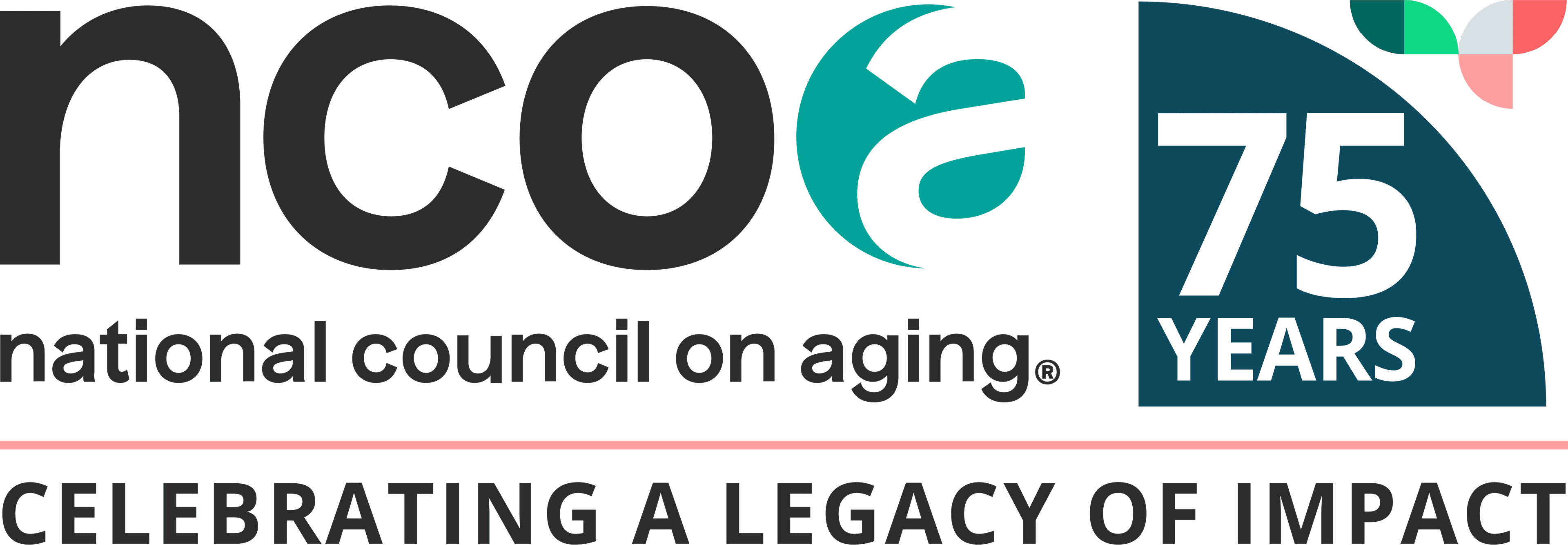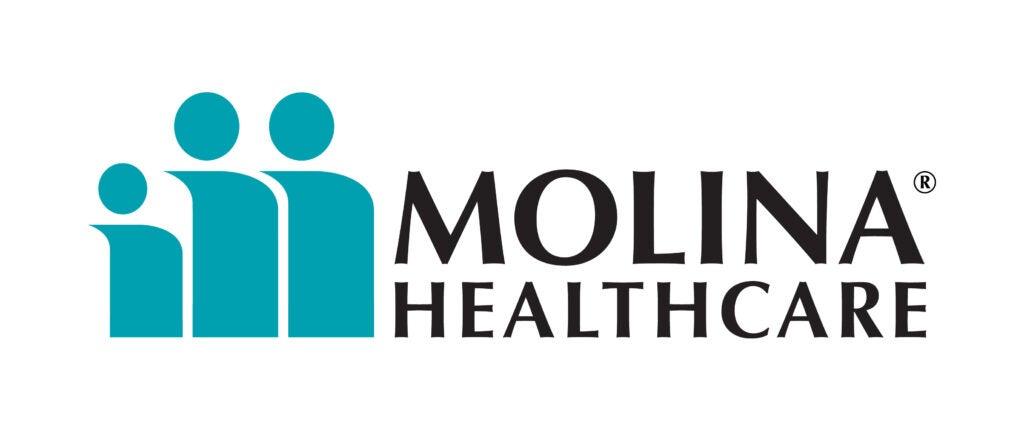
If you’re among the 13.7 million Americans eligible for both Medicare and Medicaid,1 also known as people who are dual-eligible, the two government health care programs can work together to give you more complete and affordable coverage.
Over the years, the way Medicare and Medicaid work together has evolved in positive ways. New plans and programs have been created to better coordinate services, reduce confusion, and provide more support to dual-eligibles.
What does that mean for you? Read on to explore the main coverage options available to dual-eligible older adults—from traditional Medicare and Medicaid plans to streamlined programs that roll both plans into one.
What are the Medicare coverage options for dual-eligibles?
If you’re dual-eligible, you can choose from several types of Medicare coverage. Note: Not every coverage arrangement is available in every state.
Traditional Medicare
Traditional Medicare (also called “original Medicare”) is the main Medicare program run by the federal government. It includes:
- Part A (Hospital Insurance): Part A covers hospital stays, skilled nursing care, and some home health services.
- Part B (Medical Insurance): Part B covers doctor visits, outpatient care, preventive services, lab tests, and more.
- Part D (Prescription Drug Coverage): Part D is optional drug coverage (you must choose and enroll in a separate plan). But unless you have other creditable drug coverage, failure to enroll in Part D when you’re eligible will result in a penalty that will last as long as you have Medicare coverage. If you are fully dual-eligible, you automatically qualify for the Low-Income Subsidy (LIS), also called Extra Help. This means you benefit from lower out-of-pocket drug costs and no Part D late enrollment penalty.
If you also have Medicaid, those benefits can help pay for what Medicare doesn’t cover, like deductibles, coinsurance, and copayments (also called “out-of-pocket costs”). Medicaid may also provide extra benefits, such as non-emergency medical transportation and long-term care services.
Accountable Care Organizations (ACOs)
Some dual-eligible older adults are enrolled in an Accountable Care Organization (ACO). ACOs are groups of doctors, hospitals, and other providers who work together holistically to improve care quality and coordination for Medicare patients. ACOs may lead to better health outcomes, less paperwork, and smoother communication between providers. They can also broaden beneficiaries’ access to preventive health services and provide additional recovery support following a hospital stay.
If your provider is part of an ACO, they may be more focused on managing your overall care. This can be especially valuable if you have multiple chronic health conditions.
Medicare Advantage plans
Medicare Advantage (Part C) is an alternative way to get your Medicare benefits. These plans are offered by private insurers and include everything covered under Parts A and B. Most plans also include Part D benefits.
Beyond core benefits, the majority of Medicare Advantage plans offer some degree of extra benefits as well. These may include:
- Dental, vision, and hearing
- Fitness memberships
- Non-medical transportation
- Home-delivered meals or grocery delivery
For dual-eligible adults, there are special types of Medicare Advantage plans called Special Needs Plans (SNPs). These offer broader Medicare coverage to a specific, limited population with the goal of improving care quality and efficiency. For instance, Dual Eligible Special Needs Plans (D-SNPs) support the needs of dual-eligible members by seamlessly integrating Medicare and Medicaid benefits.
Other types of SNPs that cater to the needs of dual-eligible older adults are:
- Coordination-Only D-SNP: Helps align services without full integration
- Highly Integrated Dual-Eligible SNP (HIDE SNP): Offers more integrated care and added benefits
- Fully Integrated Dual-Eligible SNP (FIDE SNP): Fully combines Medicare and Medicaid, including long-term care
SNPs provide a more streamlined, hassle-free experience that helps dual-eligible adults maximize their benefits. Plus, these plans are more likely than regular Medicare Advantage plans to offer extra services tailored to their members. In addition to dental, vision, and hearing care, they may offer benefits like care coordination and case management services, pre-loaded flex benefits cards, and acupuncture.
Now that we’ve discussed Medicare coverage choices for people who are dual-eligible, let’s see what options you have for receiving your Medicaid benefits.
What are the Medicaid coverage options for dual-eligibles?
Medicaid is managed by each state, so the range of services can differ depending on where you live. But in general, dual-eligible adults can choose from two Medicaid coverage types.
- Fee-for-service Medicaid. This is the traditional Medicaid system, where the state pays your health care provider directly for services. There is no health plan involved. Fee-for-service Medicaid is often paired with traditional Medicare. It can work well for people who want to choose their own doctors and providers.
- Medicaid Managed Care. With Medicaid Managed Care, you enroll in a private Medicaid plan that manages your health care. These plans focus on coordinating services and controlling costs. They often work best when paired with a Medicare Advantage plan, especially a D-SNP or FIDE SNP, where services are already coordinated. According to KFF, 75% of Medicaid beneficiaries are enrolled in managed care organizations (MCOs).2
What are single-coverage arrangements for dual-eligibles?
Some dual-eligible adults prefer to have both Medicare and Medicaid combined into a single plan. These programs are called single-coverage arrangements, and they can offer a simpler, more seamless experience.
What types of plans integrate Medicare and Medicaid? We outline two below.
Program of All-Inclusive Care for the Elderly (PACE)
PACE is for people age 55 or older who qualify for nursing-home-level care but want to stay in their homes or communities. This program:
- Combines all Medicare and Medicaid services into one plan
- Provides extra benefits like transportation, meals, personal care, and home services
- Uses a team-based approach to manage your care and help you avoid moving into a nursing facility
PACE is only available in certain areas, but it’s a good option if you qualify and prefer to age in place at home.
Medicare-Medicaid All-In-One Plans
All-In-One Plans, previously known as Medicare-Medicaid Plans (MMPs), are state-approved plans that fully integrate Medicare and Medicaid benefits. They typically offer:
- One insurance card
- One care coordination team
- One care manager to help you navigate the system
These simplified plans aim to improve coordination of your Medicare and Medicaid benefits and make your health care easier to manage.
What are the most common coverage choices for dual-eligible older adults?
Now that you’ve seen what coverage options are available to dual-eligible adults, you may be wondering, “Which options do most people choose?”
According to a study, here’s how dual-eligible adults received their coverage in 2021:
- 29% were enrolled in Medicare Advantage + Medicaid Managed Care, an All-In-One Plan, or PACE
- 28% were enrolled in traditional Medicare + fee-for-service Medicaid
- 23% were enrolled in traditional Medicare + Medicaid Managed Care
- 19% were enrolled in Medicare Advantage + fee-for-service Medicaid3
There’s no “one size fits all” solution for receiving your Medicare and Medicaid benefits. If you want more flexibility in which providers you can see, you may prefer separate Medicare and Medicaid plans. Or, you may like the convenience of having all your benefits in one place with an integrated plan.
Often, the choice boils down to what coverage arrangements are available in your state and what works best for your health and finances. If you need guidance as you navigate your options, help is available.
How can I get help choosing the right dual-eligible coverage option?
As a dual-eligible older adult, there are many ways to get help exploring different coverage possibilities:
- Contact your State Health Insurance Assistance Program (SHIP) to speak with a Medicare counselor (find the program near you).
- Call your state Medicaid office.
- See if there’s a Benefits Enrollment Center (BEC) near you.
- Do you live in California, Illinois, Michigan, or Ohio? Visit NCOA's My Care, My Choice website to learn about dual-eligible coverage options available in your area.
When you qualify for both Medicare and Medicaid, you have a unique opportunity to get more complete, coordinated, and affordable care. Understanding your options can empower you to make the most out of both sets of benefits.
"If you’re dual-eligible, it’s essential to know how Medicare and Medicaid can work together to give you more comprehensive coverage,” said Ryan Ramsey, NCOA Associate Director of Health Coverage and Benefits. “The right arrangement will unlock critical services as well as cost savings. It can mean the difference between just getting by—and truly getting and staying healthy."
Learn More: What Is Full Dual Eligibility vs. Partial Dual Eligibility?
Sources
1. MACPAC. Medicaid Enrollment by State, Eligibility Group, and Dually Eligible Status. December 2024. Found on the internet at https://www.macpac.gov/publication/medicaid-enrollment-by-state-eligibility-group-and-dually-eligible-status/
2. KFF. 10 Things to Know About Medicaid Managed Care. February 27, 2025. Fund on the internet at https://www.kff.org/medicaid/issue-brief/10-things-to-know-about-medicaid-managed-care/
3. KFF. The Landscape of Medicare and Medicaid Coverage Arrangements for Dual-Eligible Individuals Across States. October 24, 2024. Found on the internet at https://www.kff.org/medicare/issue-brief/the-landscape-of-medicare-and-medicaid-coverage-arrangements-for-dual-eligible-individuals-across-states/




